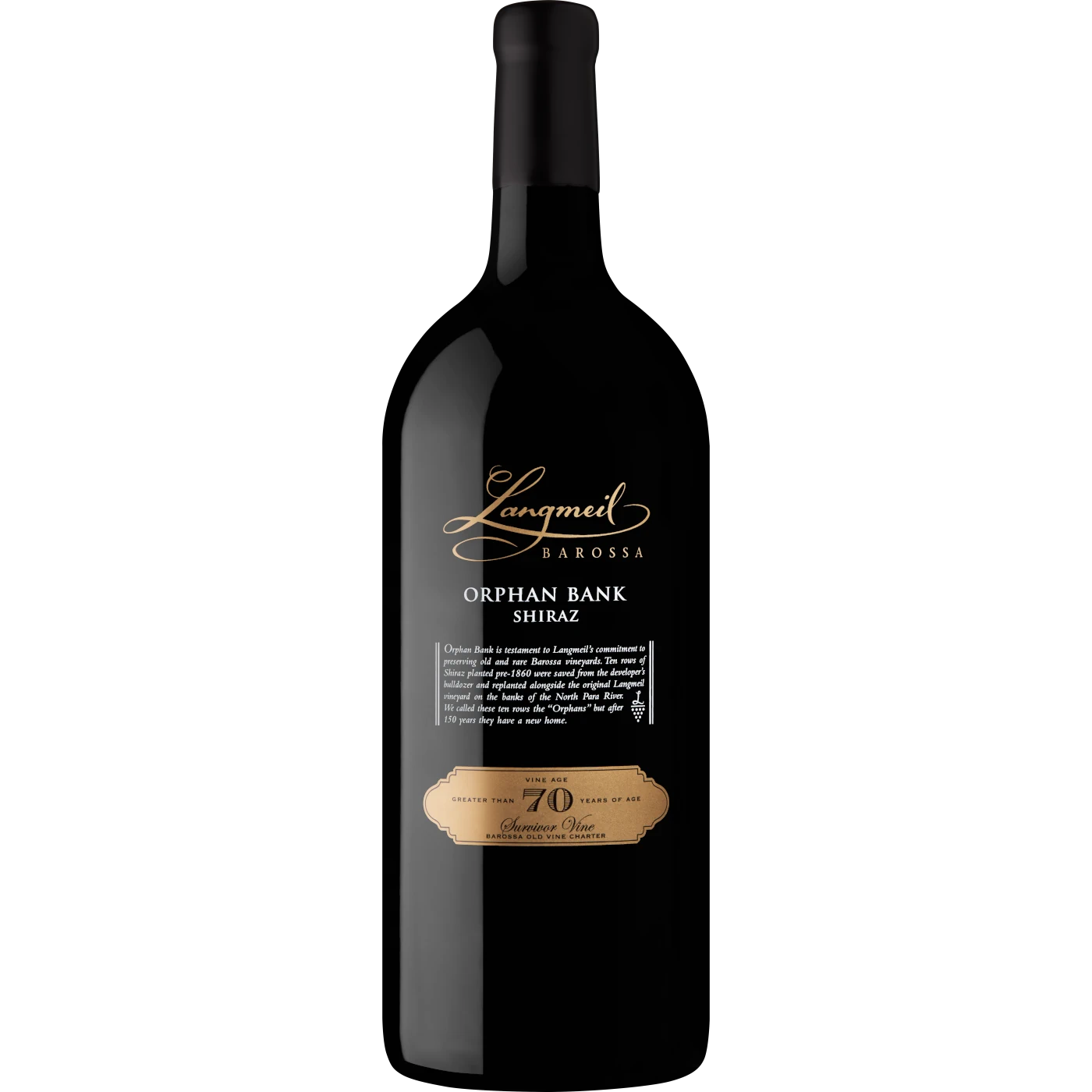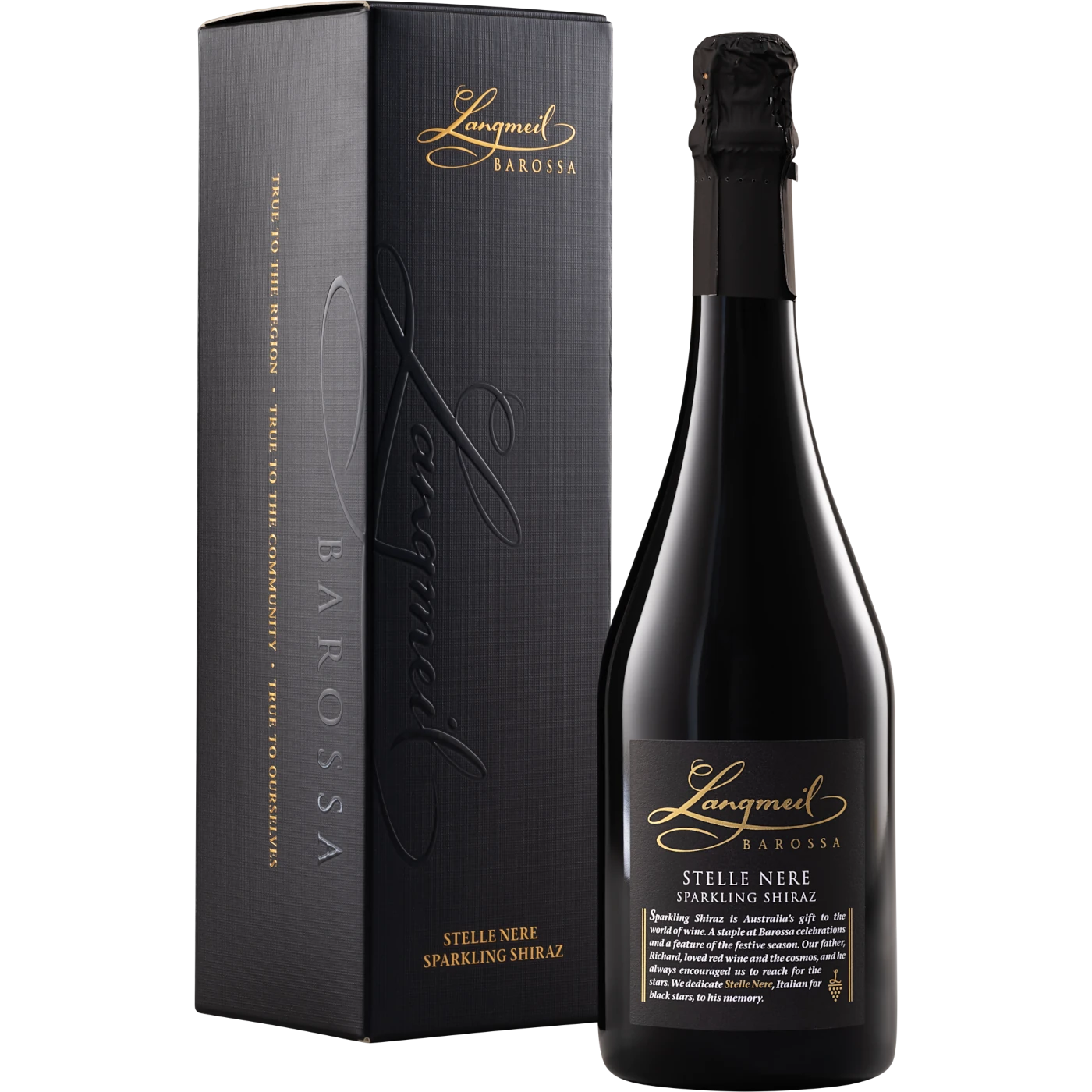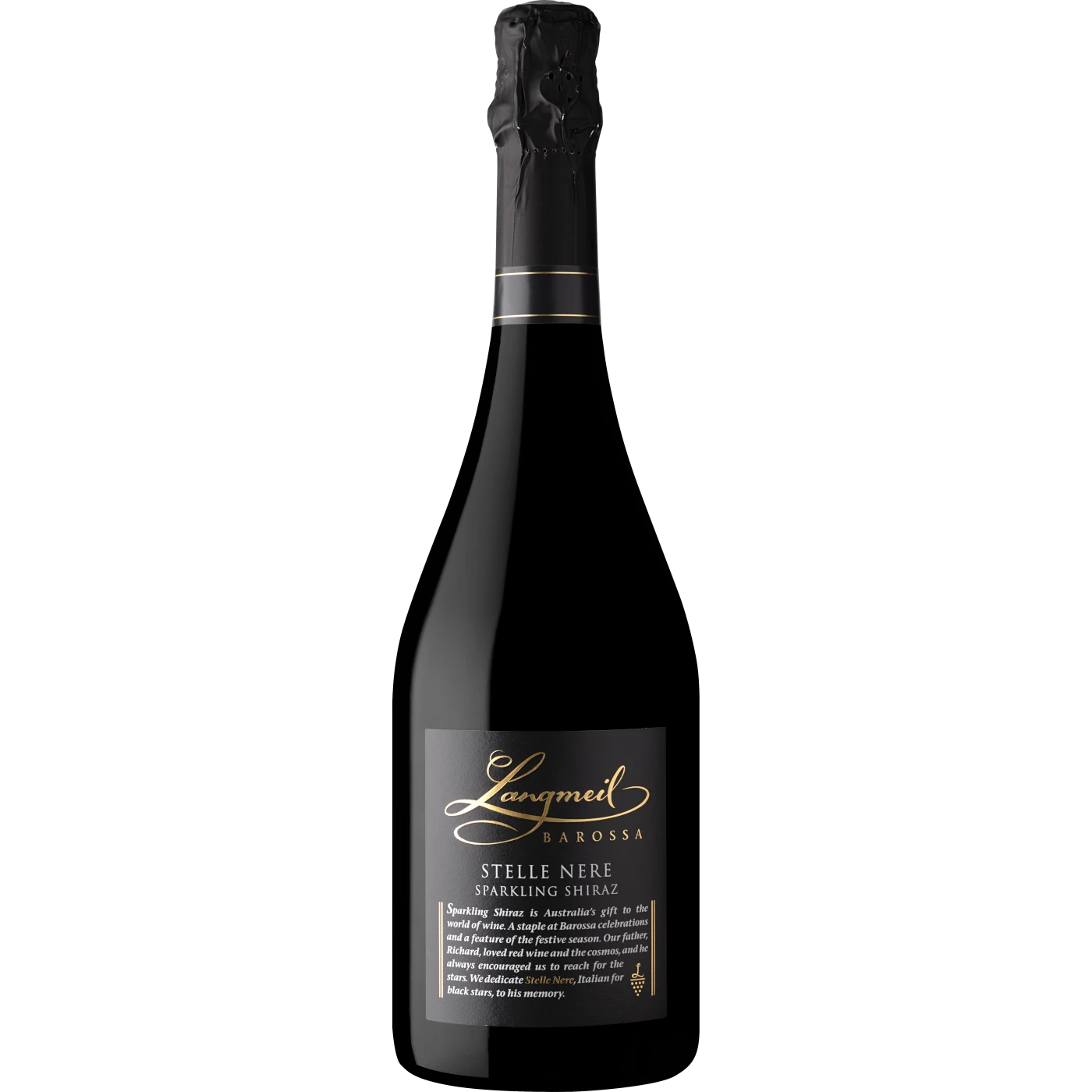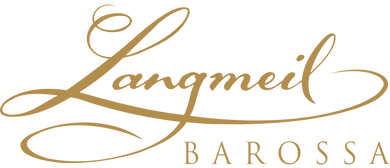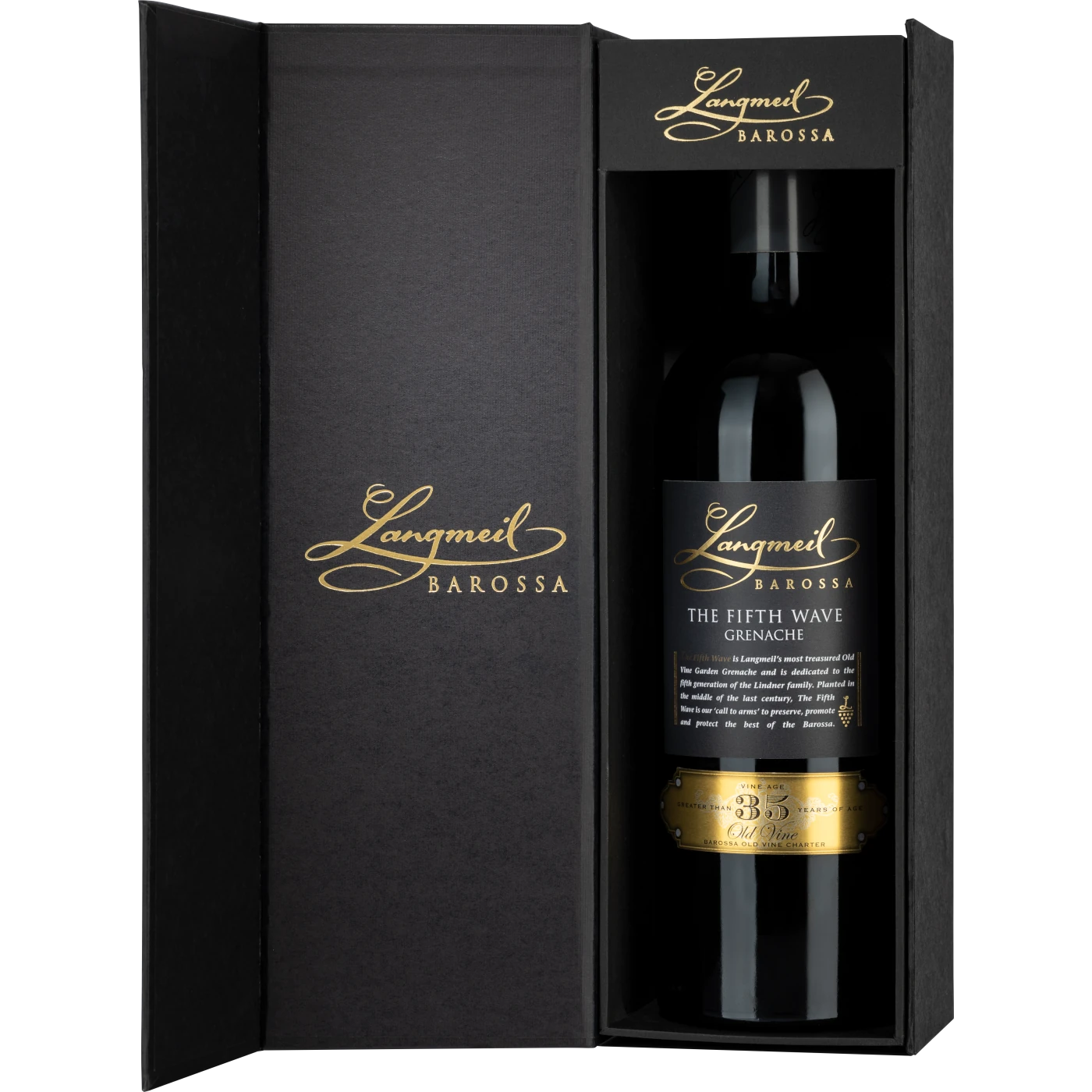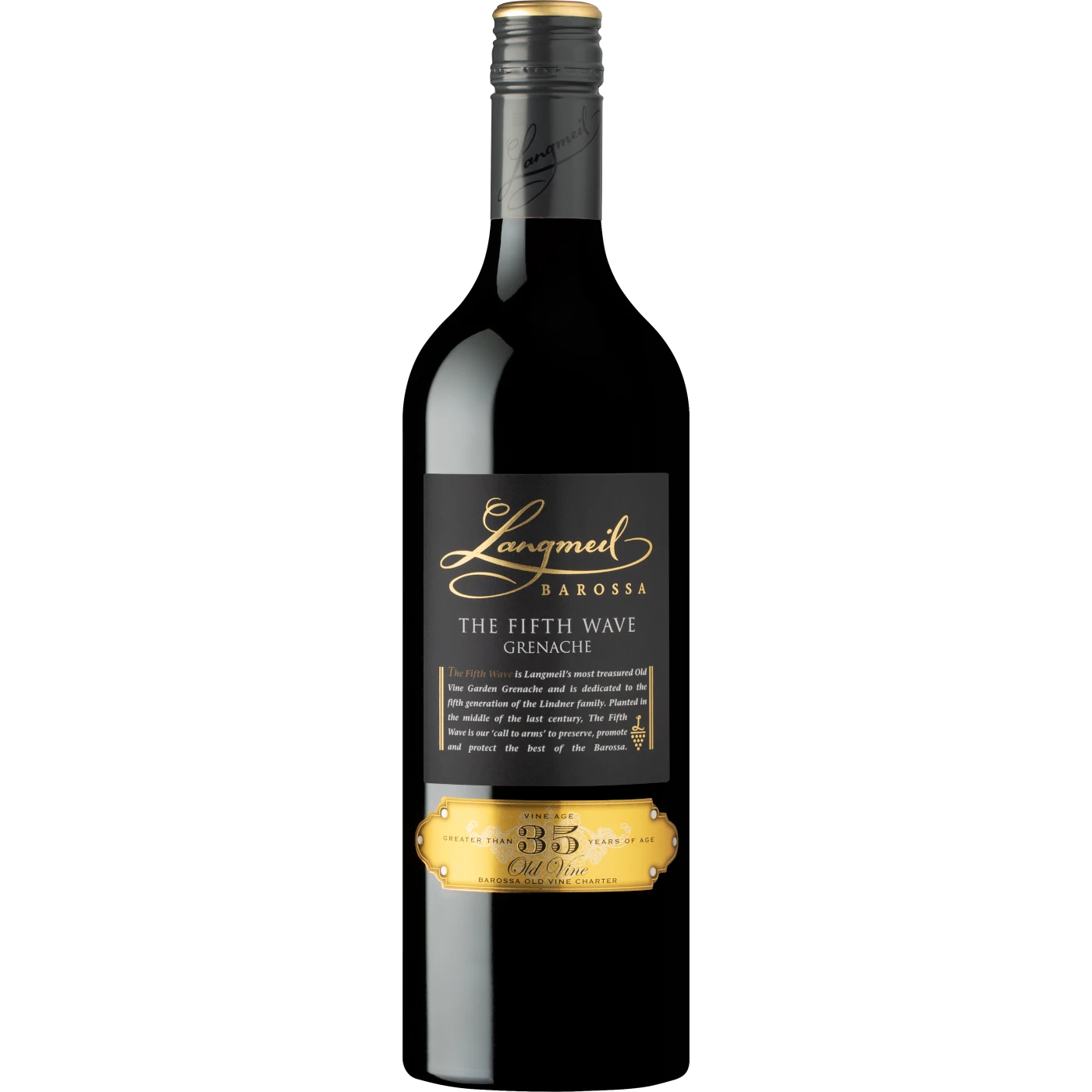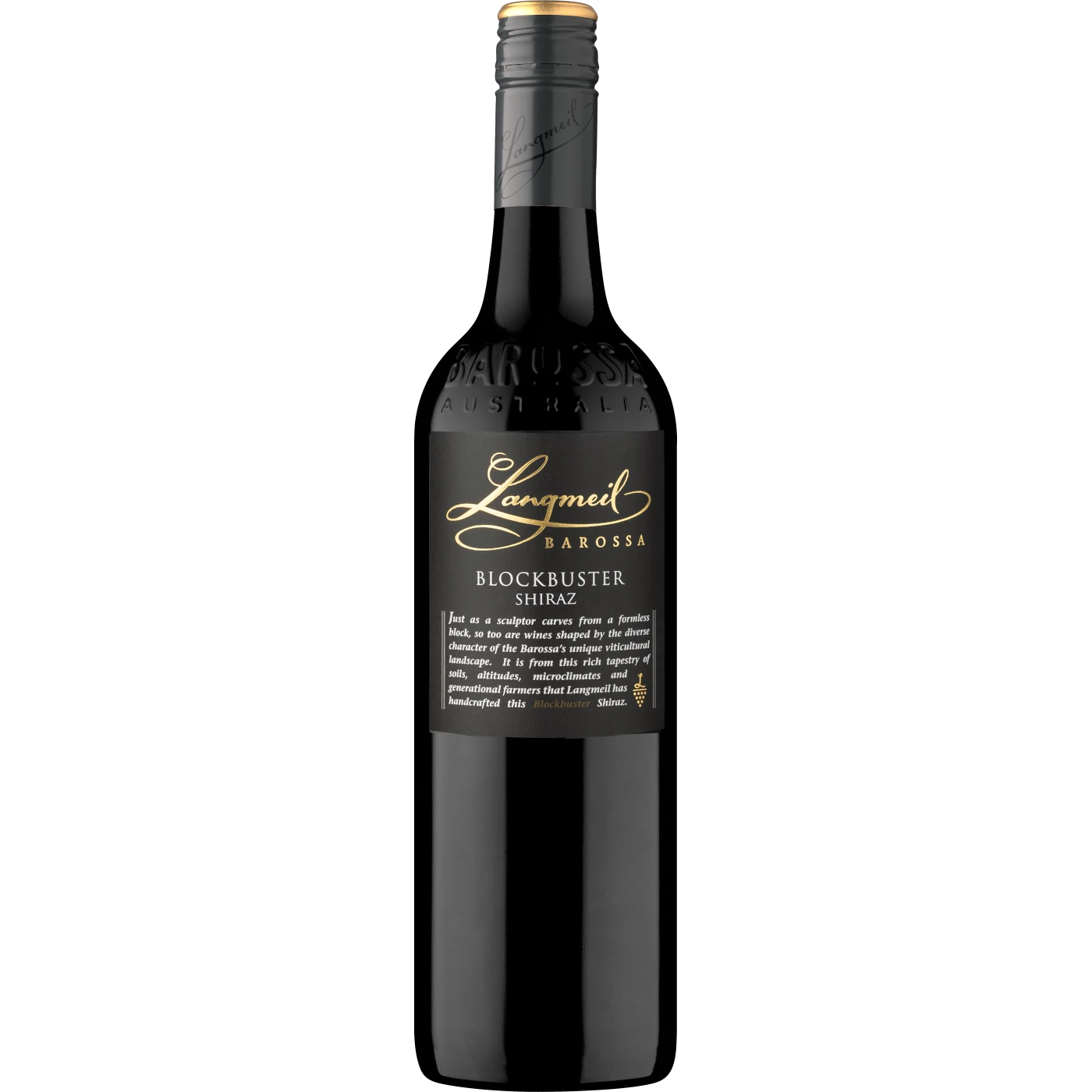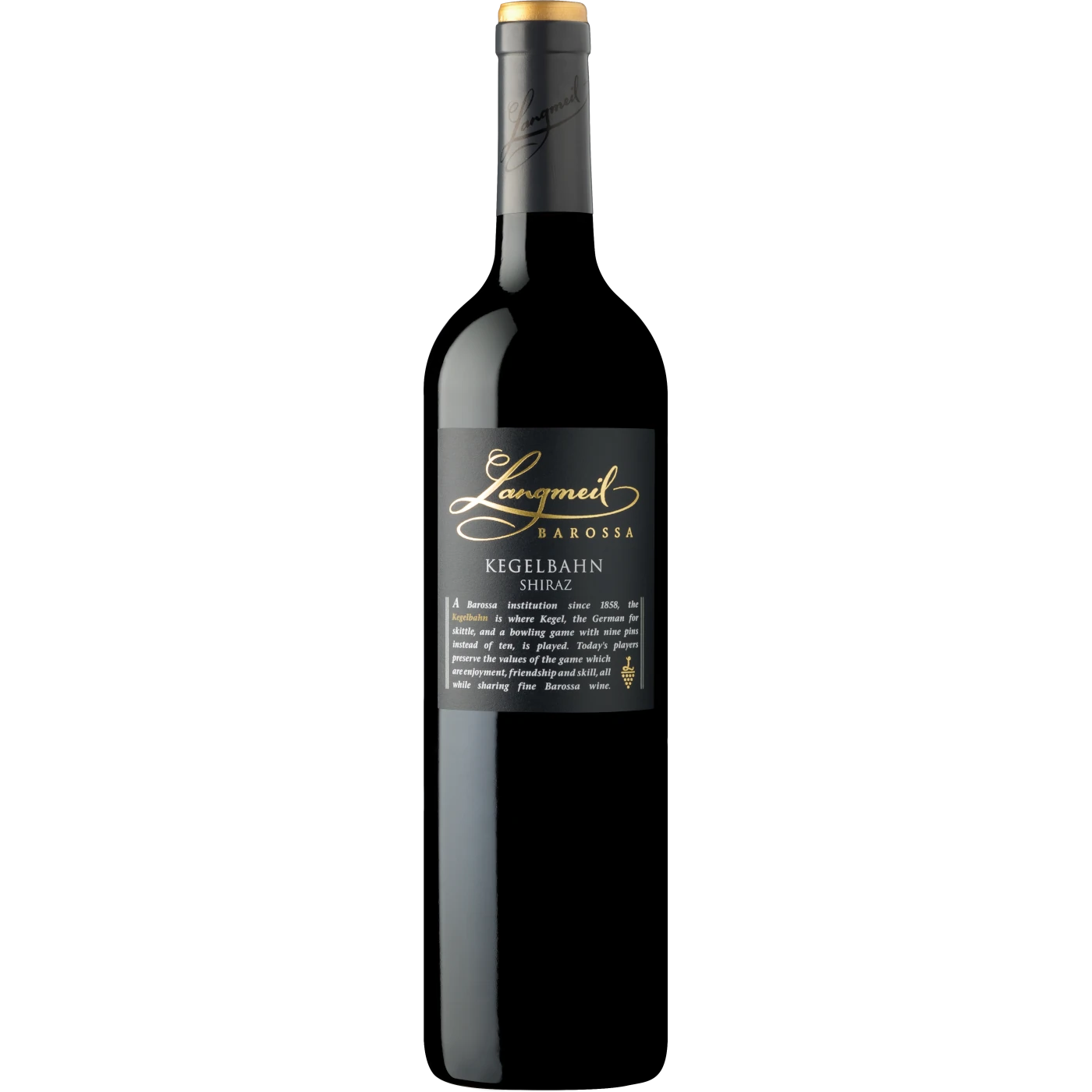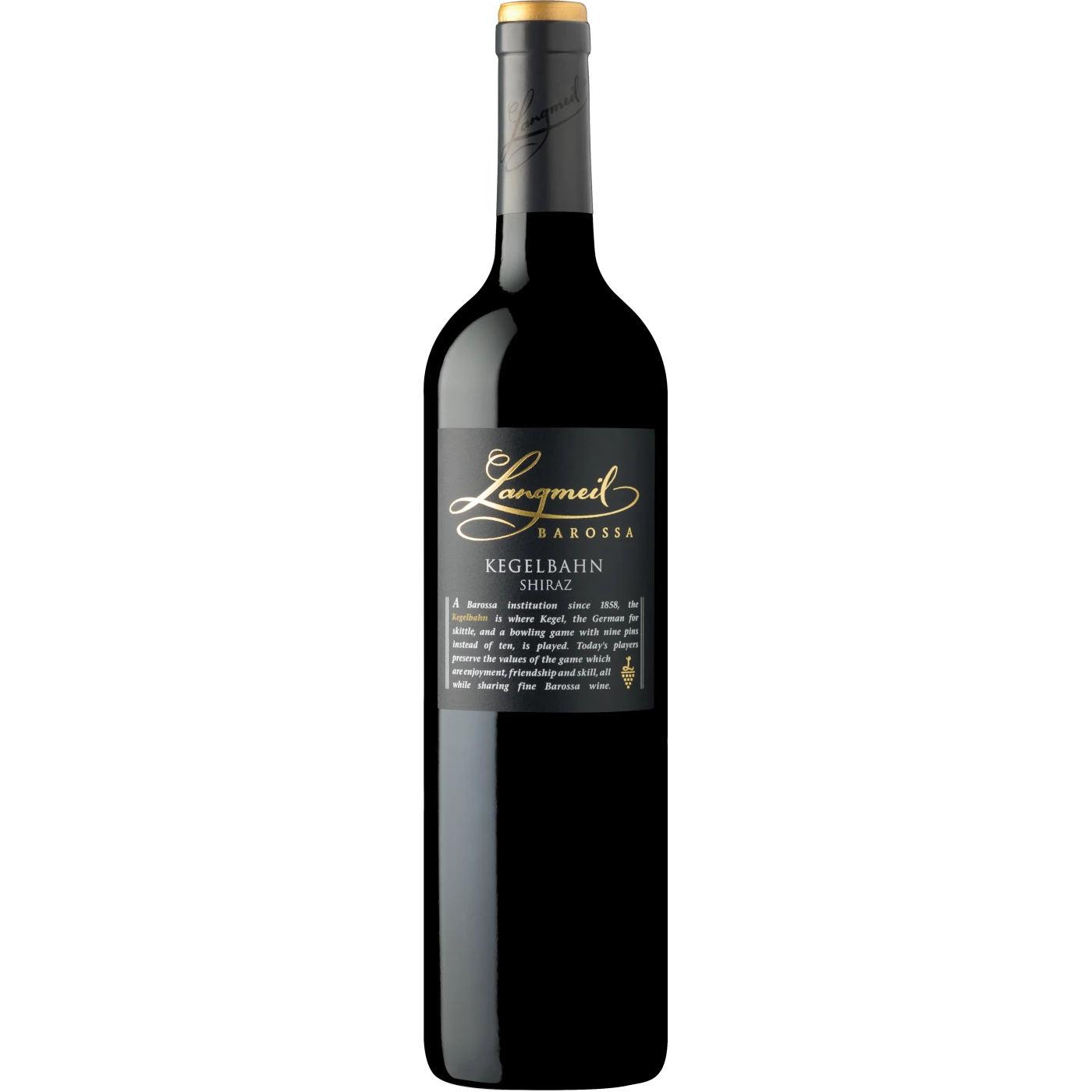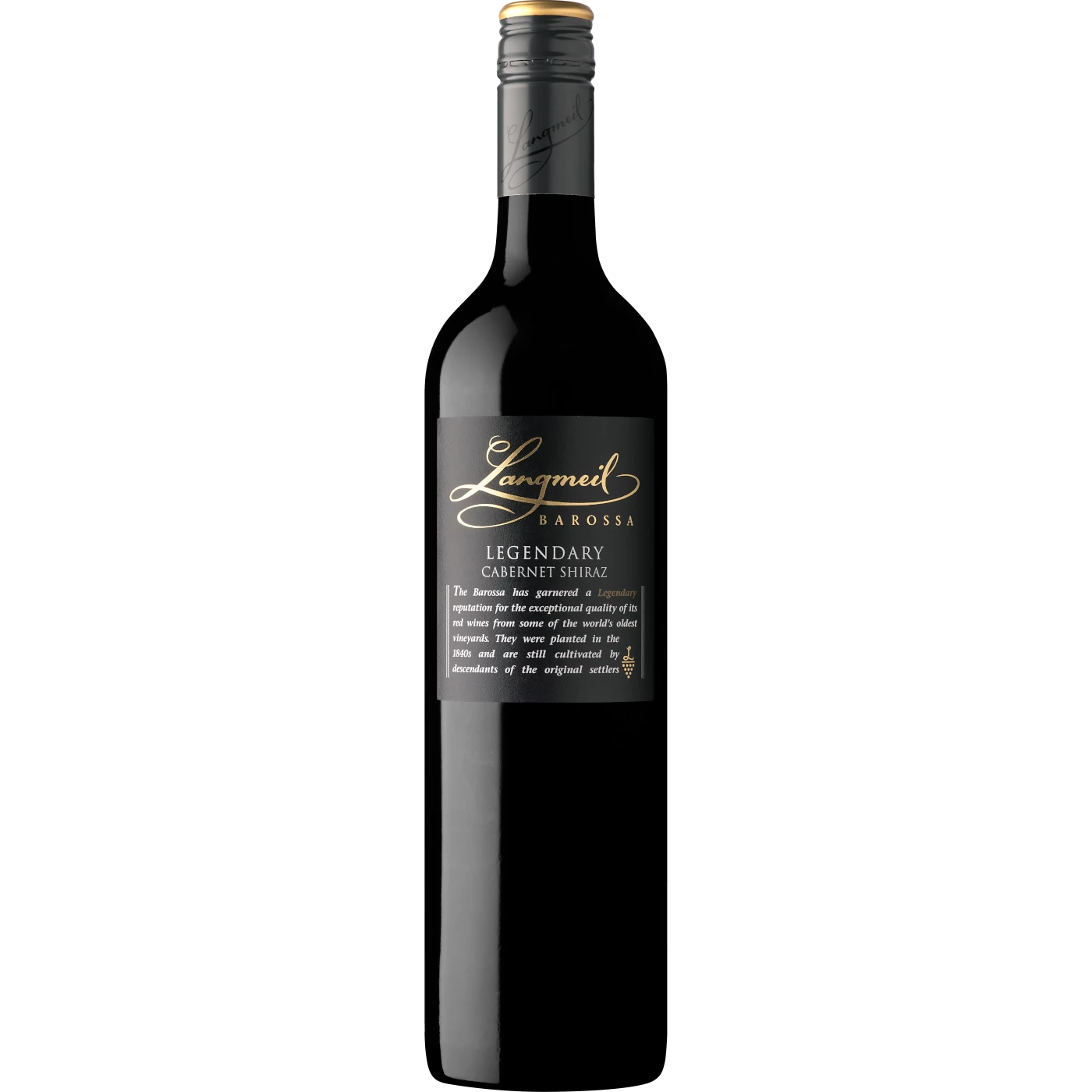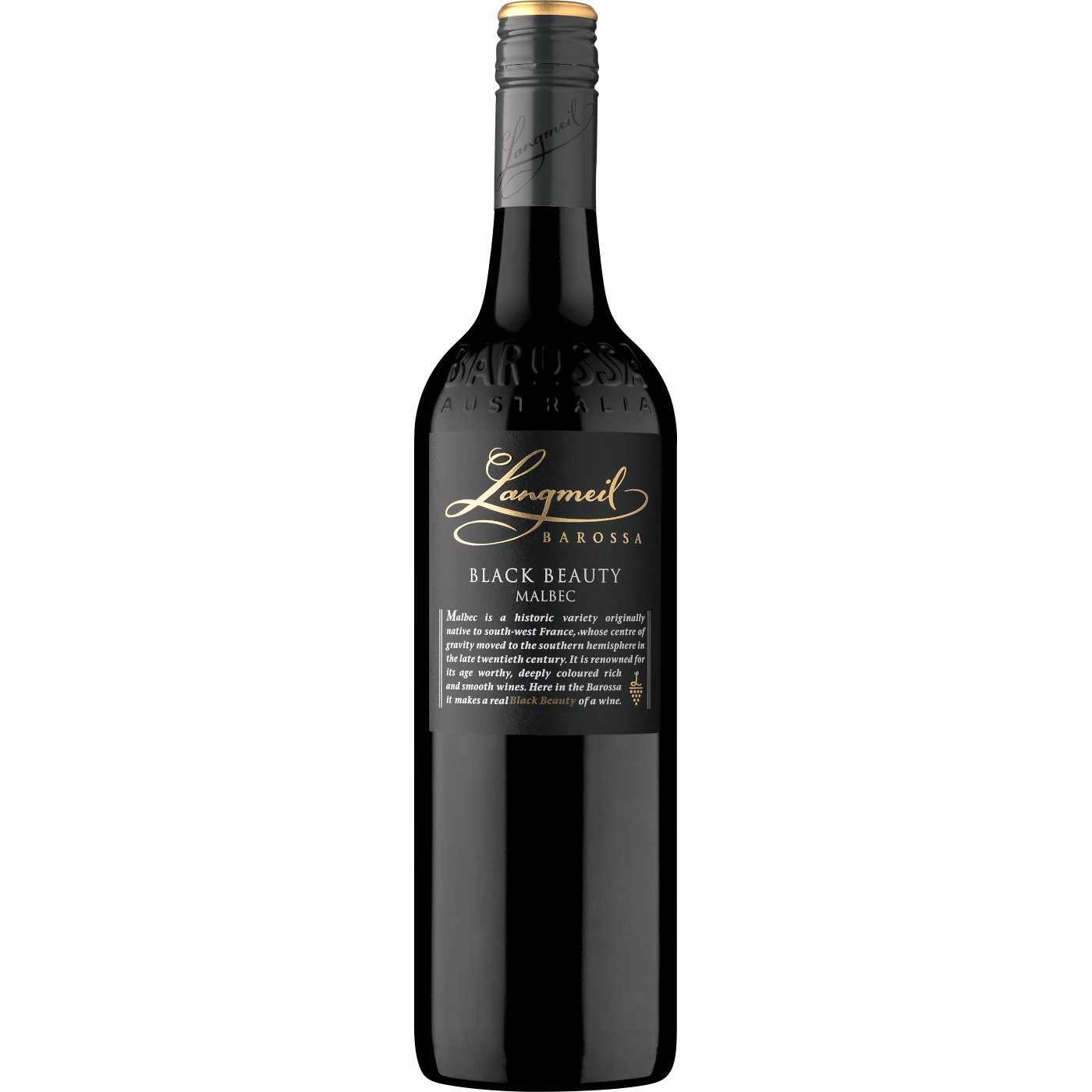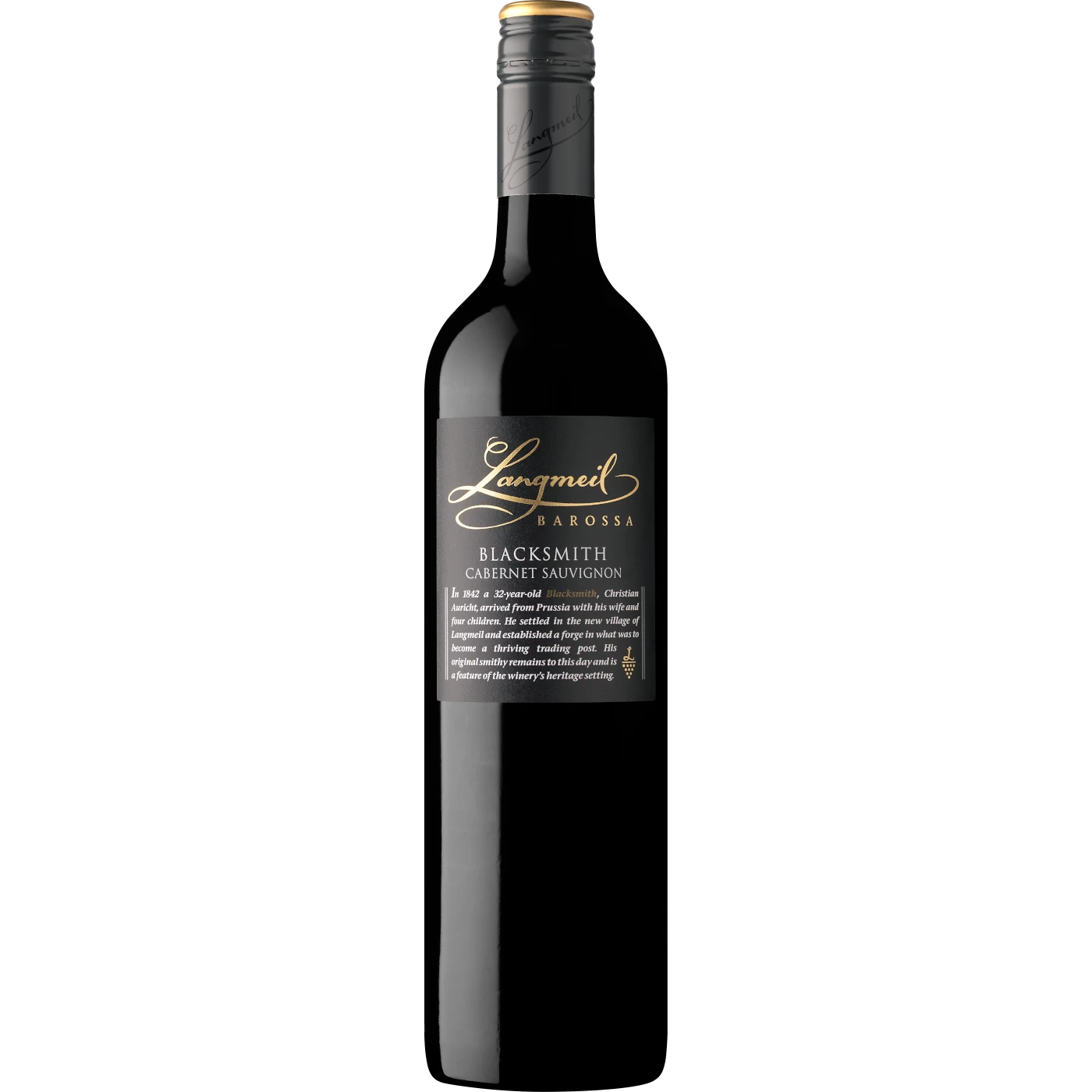
In 1842 a 32-year-old Blacksmith, Christian Auricht, arrived from Prussia with his wife and four children. He settled in the new village of Langmeil and established a forge in what was to become a thriving trading post. His original smithy remains to this day and is a feature of the winery’s heritage setting.

In 1842 a 32-year-old Blacksmith, Christian Auricht, arrived from Prussia with his wife and four children. He settled in the new village of Langmeil and established a forge in what was to become a thriving trading post. His original smithy remains to this day and is a feature of the winery’s heritage setting.

In 1842 a 32-year-old Blacksmith, Christian Auricht, arrived from Prussia with his wife and four children. He settled in the new village of Langmeil and established a forge in what was to become a thriving trading post. His original smithy remains to this day and is a feature of the winery’s heritage setting.
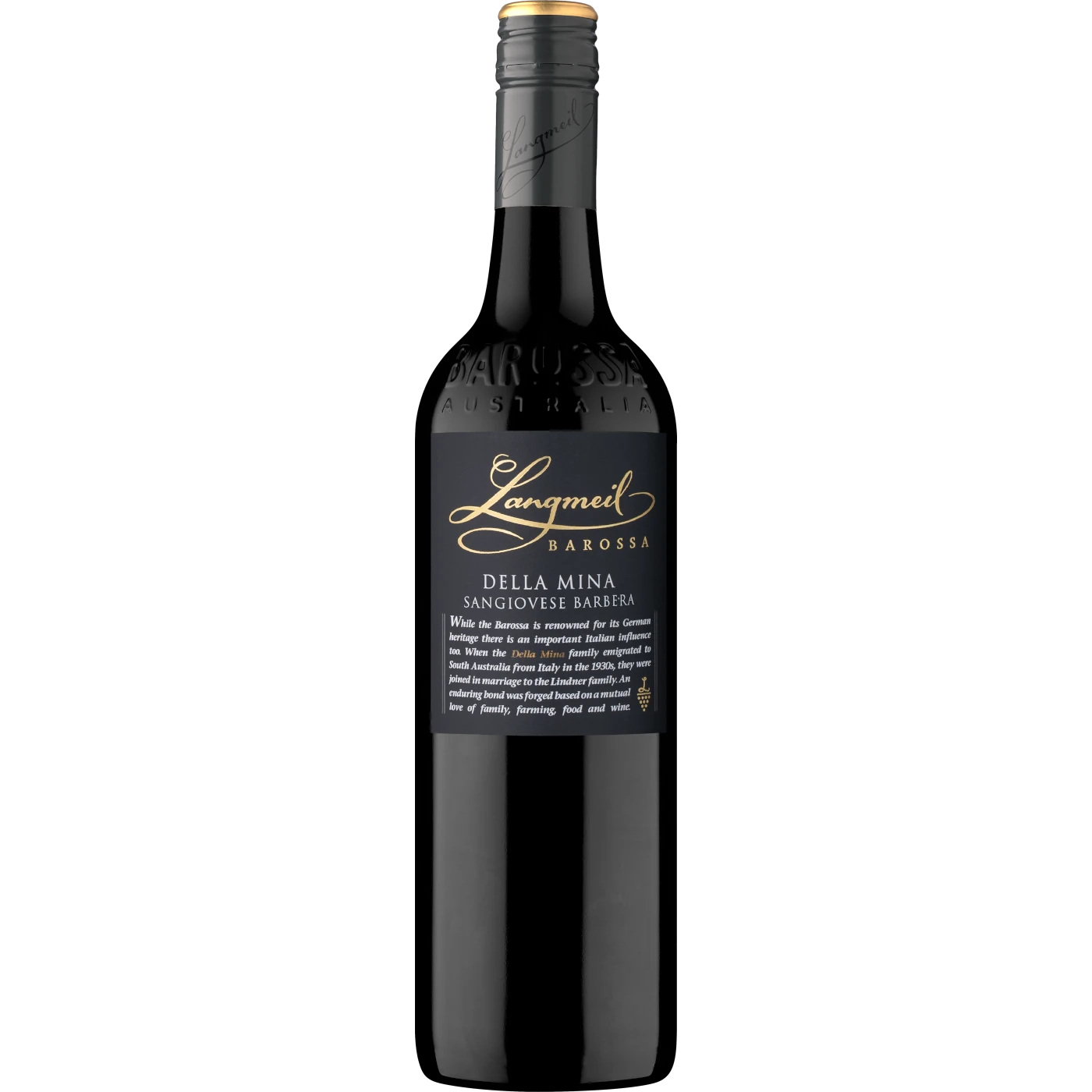
While the Barossa is renowned for its German heritage, there is an important Italian influence too. When the Della Mina family emigrated to South Australia from Italy in the 1930s, they were joined in marriage to the Lindner family; an enduring bond was forged based on a mutual love of family, farming, food and wine.

While the Barossa is renowned for its German heritage, there is an important Italian influence too. When the Della Mina family emigrated to South Australia from Italy in the 1930s, they were joined in marriage to the Lindner family; an enduring bond was forged based on a mutual love of family, farming, food and wine.

Jackaman’s vineyard is home to Langmeil’s finest and rarest Cabernet Sauvignon, planted in the 1960s during the Cabernet revolution in the Barossa. This vineyard was lovingly tended by the colourful Barossan Arthur Jackaman, a World War II paratrooper, boxer and butcher who in retirement passed his small plot into Langmeil’s care.

Jackaman’s vineyard is home to Langmeil’s finest and rarest Cabernet Sauvignon, planted in the 1960s during the Cabernet revolution in the Barossa. This vineyard was lovingly tended by the colourful Barossan Arthur Jackaman, a World War II paratrooper, boxer and butcher who in retirement passed his small plot into Langmeil’s care.
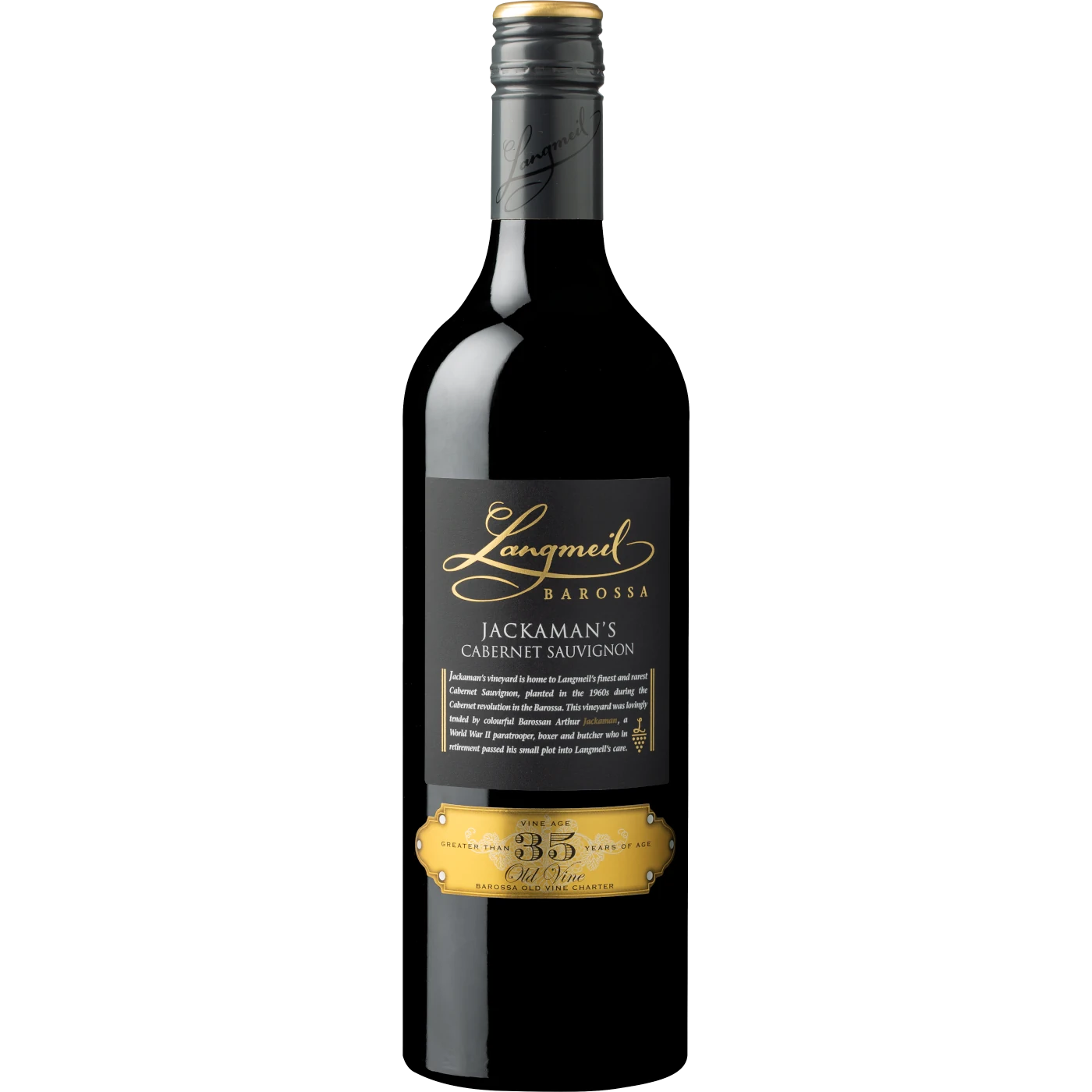
Jackaman’s vineyard is home to Langmeil’s finest and rarest Cabernet Sauvignon, planted in the 1960s during the Cabernet revolution in the Barossa. This vineyard was lovingly tended by the colourful Barossan Arthur Jackaman, a World War II paratrooper, boxer and butcher who in retirement passed his small plot into Langmeil’s care.

Founded in the 1840s, the Barossa is one of Australia’s oldest wine regions. Generations of grape growers and winemakers have ensured its Steadfast reputation for quality which is recognised worldwide. This blend is truly a part of Australian culture and is difficult to replicate anywhere else in the world.

Langmeil is home to The Freedom Shiraz, believed to be planted in 1843 by vigneron Christian Auricht. Escaping war and persecution in Prussia, Auricht travelled to his new homeland, finding freedom in the Barossa Valley. The original plantings still survive and are some of the oldest and rarest vines in the world.
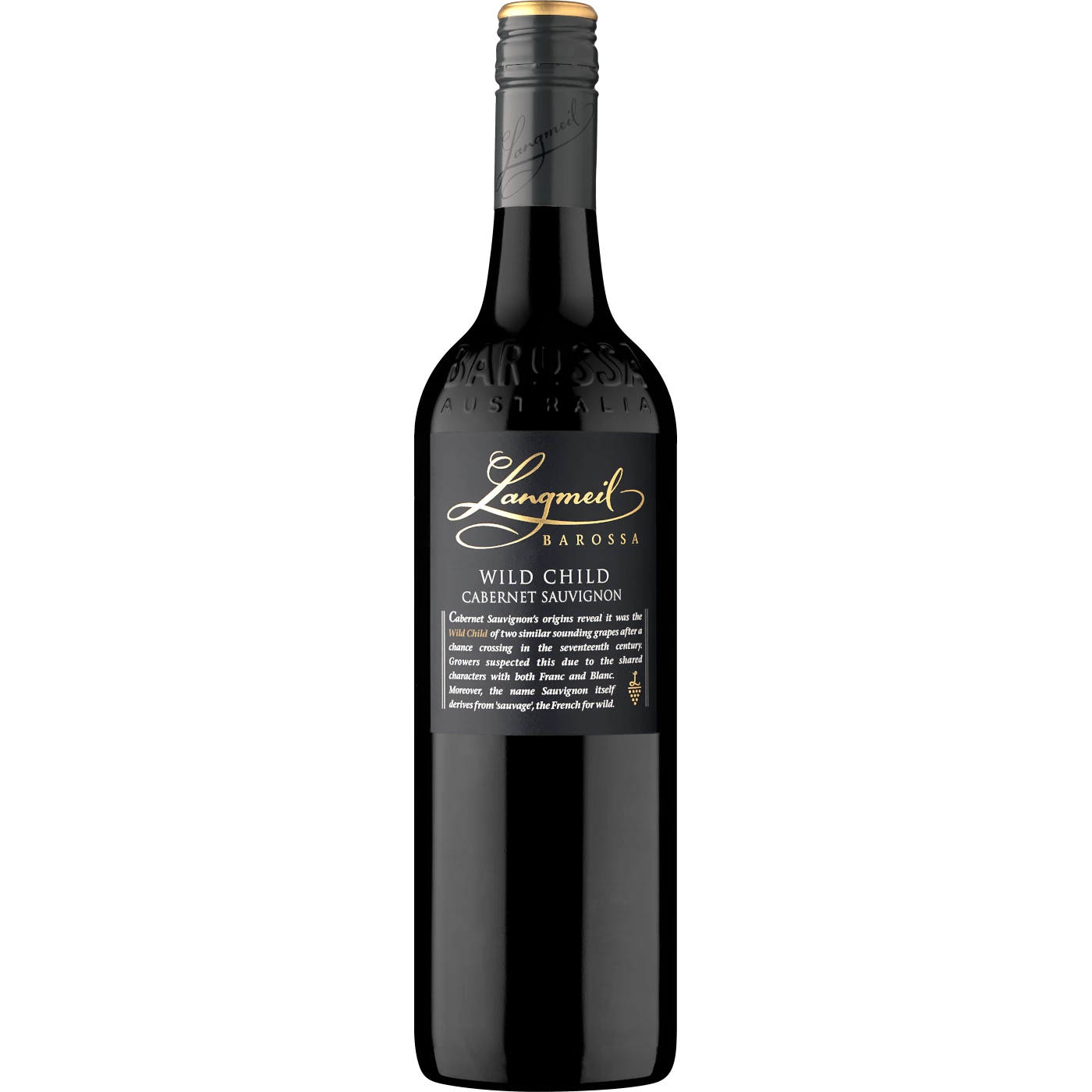
Cabernet Sauvignon’s origins reveal it was the Wild Child of two similar sounding grapes after a chance crossing in the seventeenth century. Growers suspected this due to the shared characters with both Franc and Blanc. Moreover, the name Sauvignon itself derives from ‘sauvage’, the French for wild.

George Fife Angas personally chartered ships to bring Prussian migrants to South Australia. Led by Pastor Kavel, an Altruist who displayed selfless concern for his flock, they founded Langmeil village.
Inspired by them, we have made this wine to help like-minded organisations give back to their communities.

George Fife Angas personally chartered ships to bring Prussian migrants to South Australia. Led by Pastor Kavel, an Altruist who displayed selfless concern for his flock, they founded Langmeil village.Inspired by them, we have made this wine to help like-minded organisations give back to their communities.

BECOME AN
Old Vine Gardener
JOIN TO RECEIVE THE 2023 RELEASE SIX-PACK AT THE EXCLUSIVE CLUB PRICE OF $500 (RRP $638)
Plus extra perks such as wine discounts and VIP access.
